FRENCH
In my home village of Plougasnou

FRENCH
In my home village of Plougasnou


Bonjour tout le monde,
Aujourd’hui (today), I am presenting my favourite region in France: La Bretagne (Brittany). This is my home region, so it isn’t surprising that I love it 😊. However, I am not the only one, as this is one of the top 2 destinations of the French when they go on holidays. I could have written pages and pages about Brittany, but I will try not to bore you too much. Here are some facts that, I hope, will make you want to visit this unique region one day, and you certainly won’t be disappointed…
Bounded by the sea, Brittany is a beautiful region, home to the highest number of lighthouses in the world. Quaint fishing villages are nestled in bays along the Atlantic coastline and English Channel, while the countryside is dotted with picturesque medieval villages and fairy-tale castles.
Isolated in the northwest corner of France and an independent duchy for centuries, Brittany is very distinctive, with its own language and Celtic cultural tradition that set it apart from the rest of France. The Breton language, though not much used in everyday life, and not understood by most of the modern population, has made a comeback in recent years, and is taught in a lot of schools. Celts from ancient Britain gave Brittany its name, its early language and a legacy of myths, which include King Arthur and the Round Table. Towering stone megaliths, set in place by Neolithic people for reasons that still baffle archaeologists, dot the landscape and reinforce the air of mystery that pervades the area.
Celtic traditions and legends are alive or recalled today in Breton folk music and Celtic festivals. Festivals are actually big news in Brittany. Over 1,000 are held each year. Every four years, the International Maritime Festival takes place in Brest, with more than 1500 boats from all around the world and a million visitors to witness the amazing sights. The annual, ‘Les Transmusicales de Rennes’, one of the best festivals in Europe, known for pushing musical boundaries, takes place in Rennes every December. Every bar, café and restaurant becomes a music venue where professional and amateur musicians merge their talents.
Accounting for about 80 percent of France’s shellfish production, Brittany is known for its seafood and rightly so. 2,800 kilometres of coastline are put to good use and make it hard to walk through an open market and not see fresh fish right off the boats. Restaurant menus are overflowing with mouth-watering seafood dishes and you owe it to yourself to try at least one, if you find yourself in Brittany.
While you can find crêpes throughout the world, they originated in Brittany. Galettes are the savoury version and are usually eaten as the main meal. They are made of buckwheat flour and filled with things like ham, cheese, salmon, sausage, eggs and more. For dessert, you can get a thin, sweet crêpe with ice cream, whipped cream, fresh fruit and whatever else your heart desires. Crêpes are made with wheat flour.
And to finish, here is a short video to show you my favourite village on earth :-), the place where I get a lot of fresh air and energy when I visit my family:
Back to school...
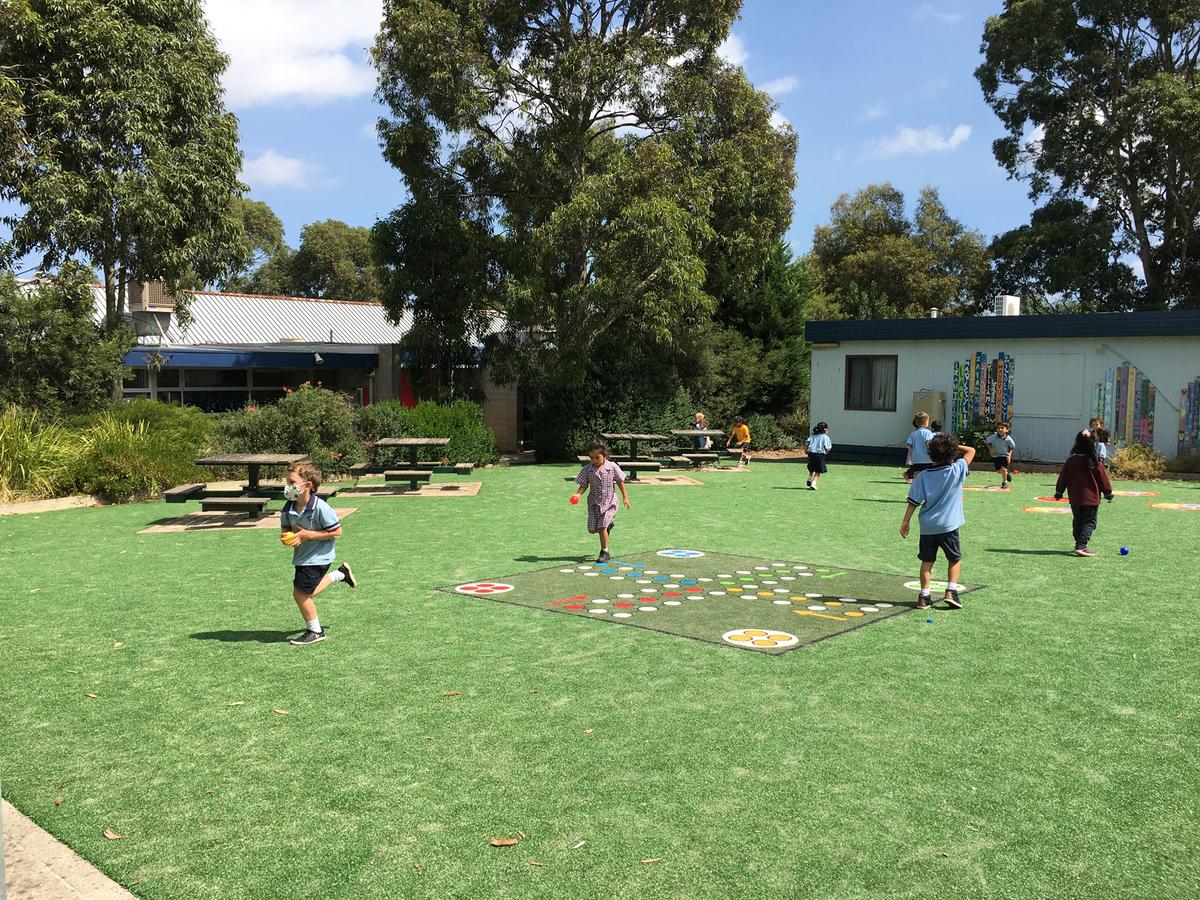



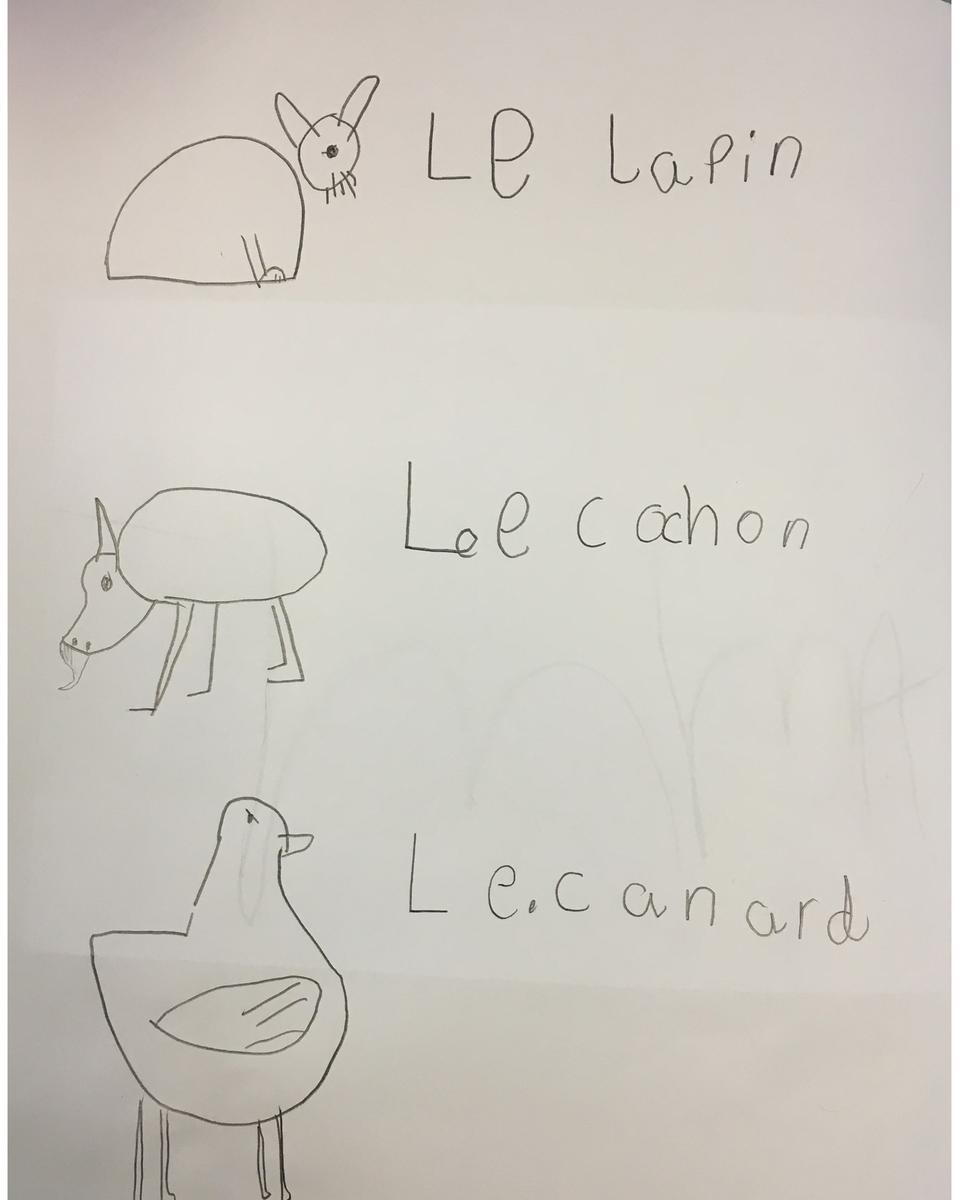
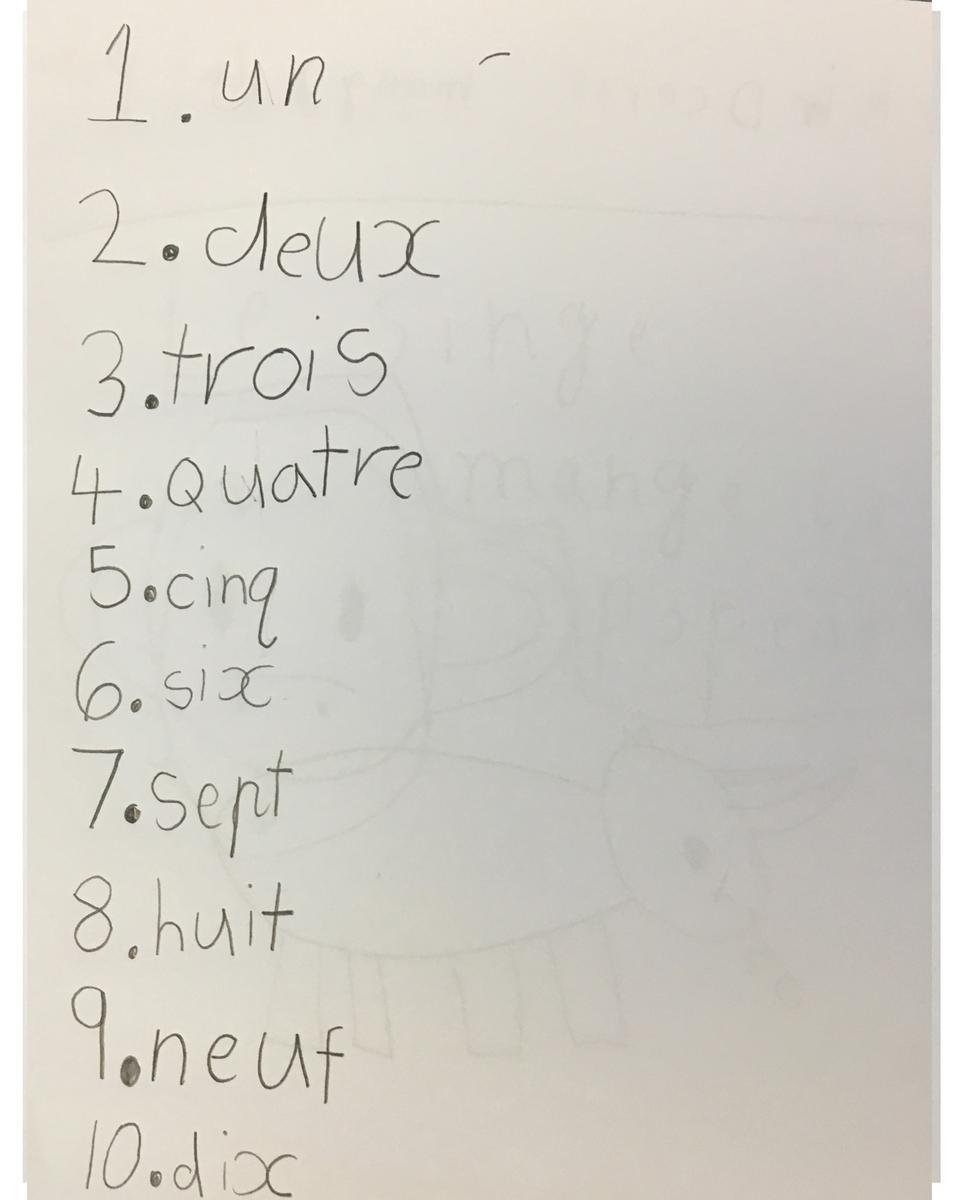






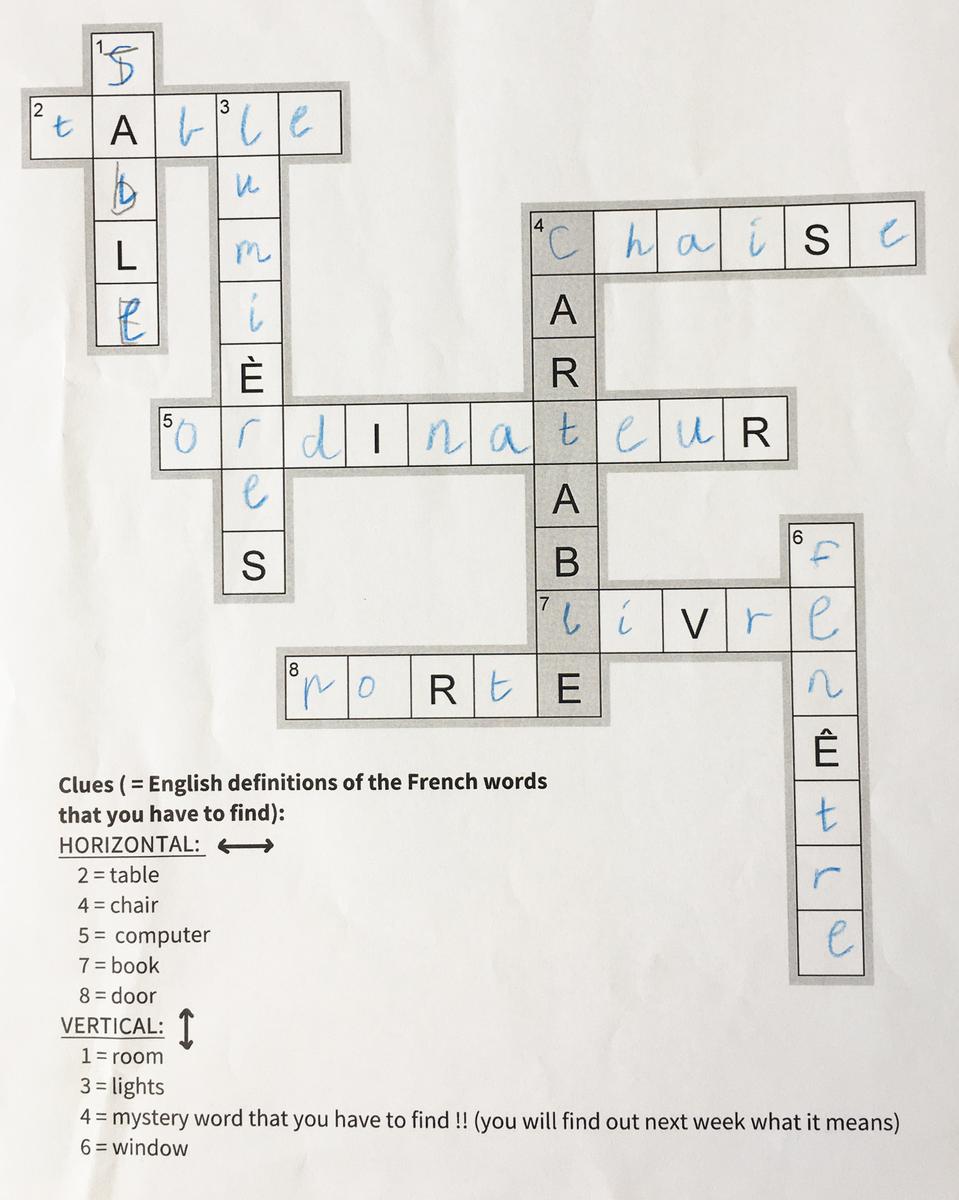

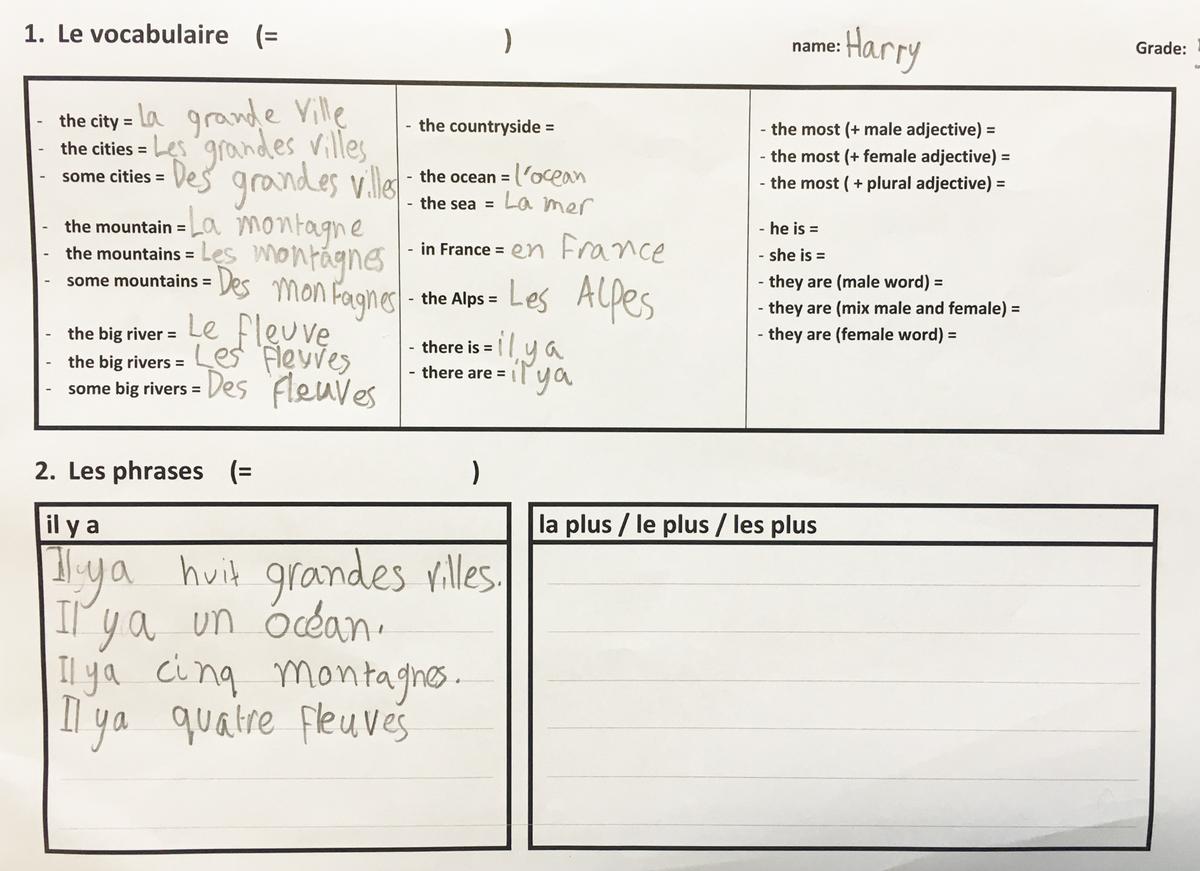

Today’s French song is ‘Tout là-haut’ (Way up there) by the very talented ZAZ.
Passez tous une bonne semaine (Have a nice week everyone)!
A bientôt,
Delphine